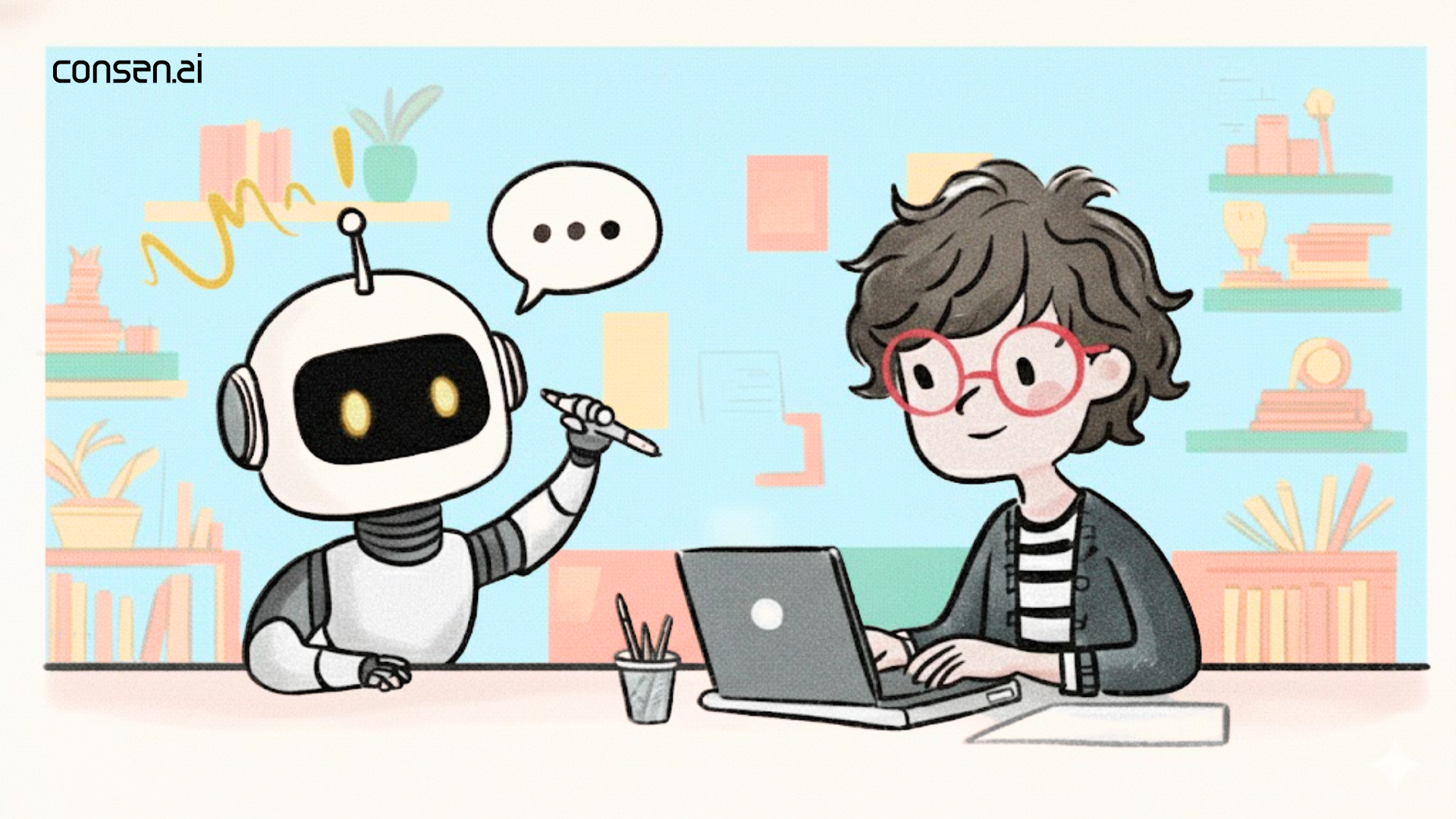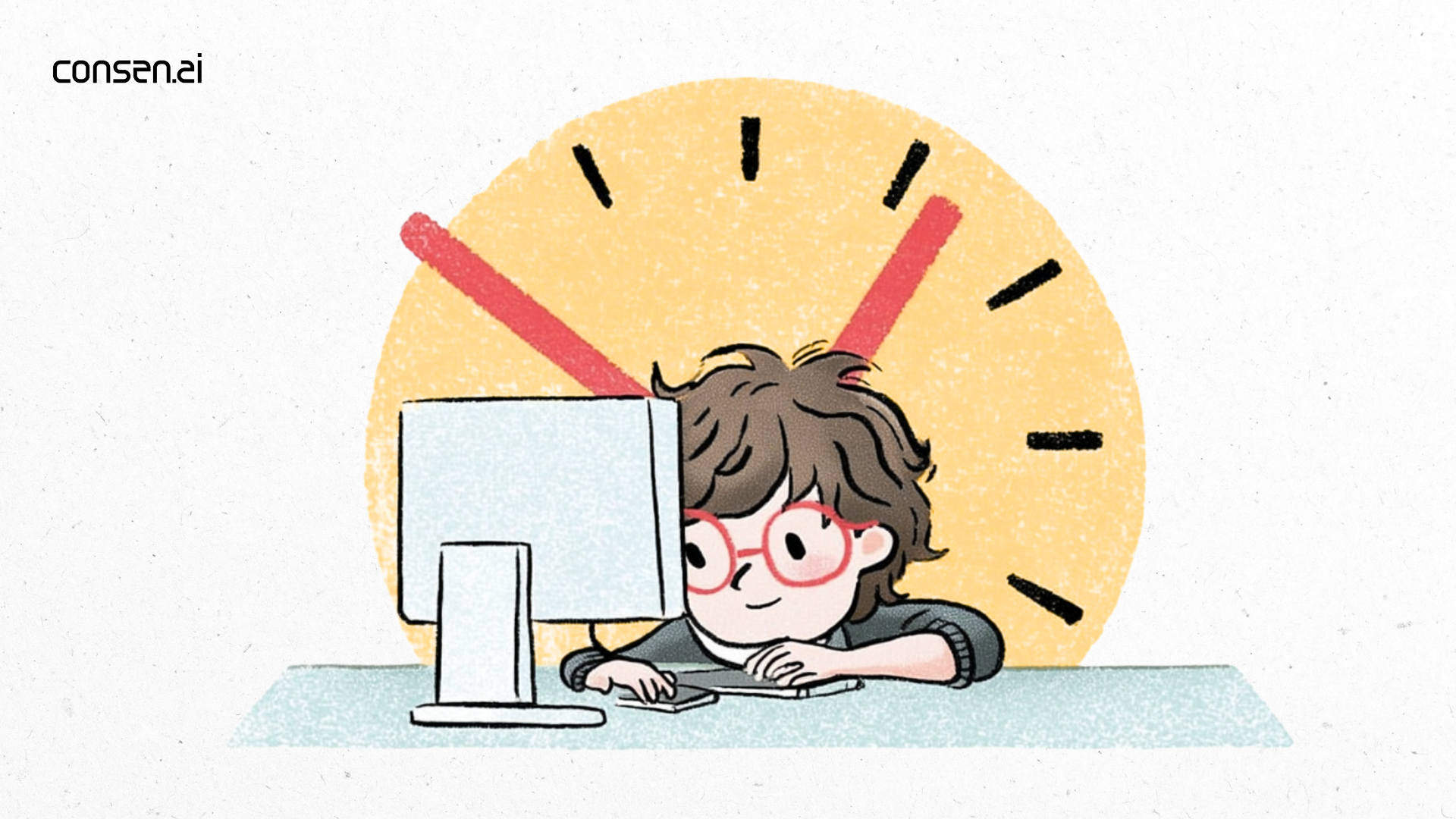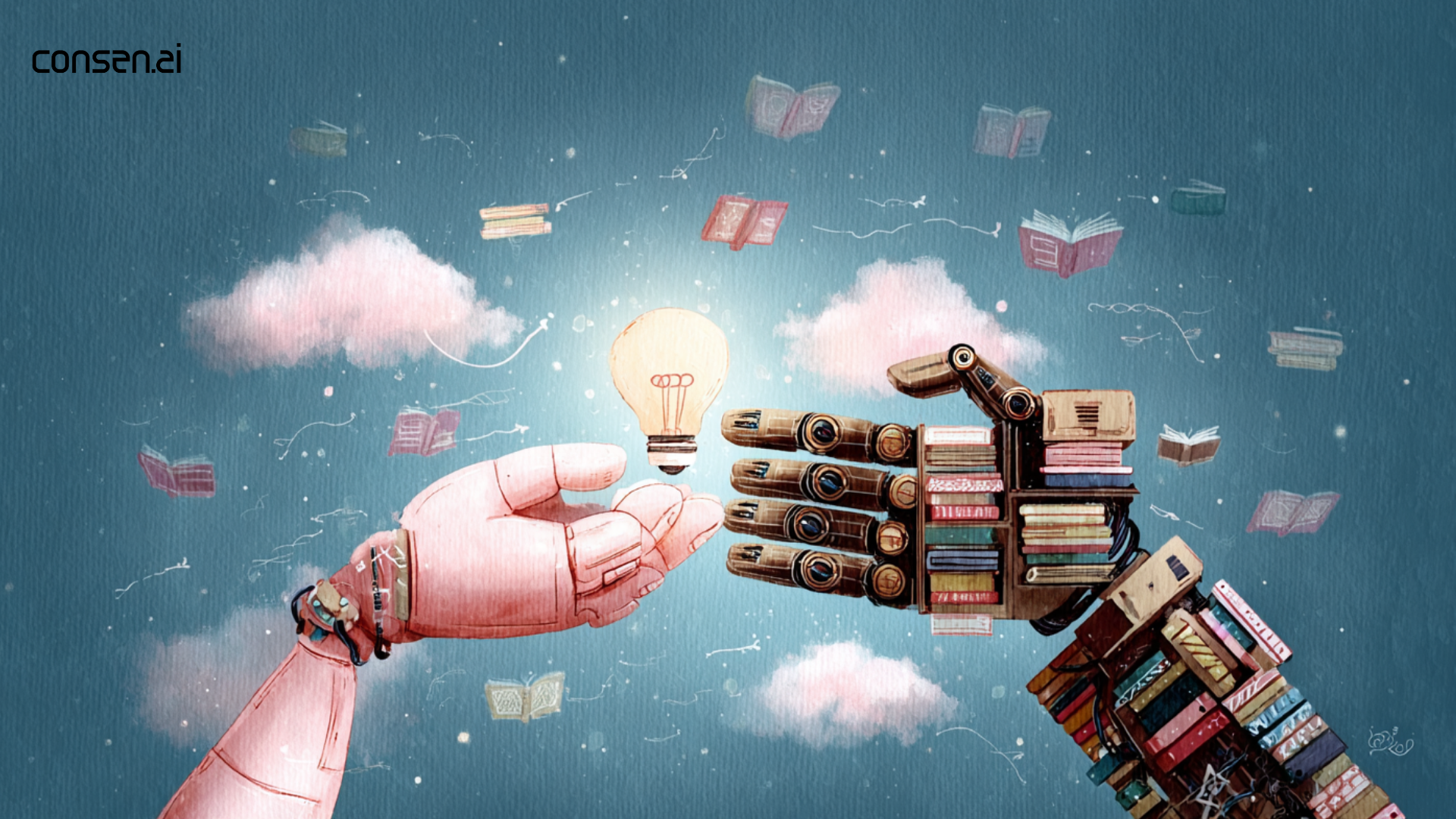Key Takeaways
- Translators encounter daily challenges like document formatting, maintaining consistency, and managing tight deadlines.
- AI technologies provide solutions that enhance efficiency and accuracy, making translators' jobs easier.
- Understanding these challenges and AI's role in addressing them can improve translation outcomes across industries.
The reality of translation process
Ever wondered why that translation project took longer than expected? The truth is, professional translation involves far more complexity than most people realize.
Translation might seem like just converting words from one language to another—but it's much more complicated. Behind every good translation lies a series of daily challenges that slow translators down, increase stress, and impact quality.
Whether you're a client, business owner, or considering translation work, understanding these hidden challenges is the first step to finding better solutions.
Here are the 5 most common challenges translators face every day:
Too Much Formatting and Editing
One of the most frustrating parts of translation work isn't actually translating—it's dealing with document formatting. Research shows that translators often spend 30-40% of their time on non-translation tasks like fixing file formats, adjusting fonts, and managing layouts (Day Translations, 2023).
What this looks like:
- Converting PDFs only to lose all formatting
- Recreating tables and graphics after translation
- Fighting with different software compatibility issues
- Managing version control when clients send updates mid-project
This is especially tough for freelance translators who need to maximize their paid hours. The American Translators Association says technical formatting issues are one of the top three productivity killers in the industry.
Keeping Words and Style Consistent
Maintaining consistency across large projects or multiple clients is both exhausting and error-prone. This includes:
- Terminology: Making sure technical terms are translated the same way throughout a 200-page manual
- Style: Keeping the same tone across multiple documents
- Client preferences: Remembering that Client A prefers "website" while Client B wants "web site"
- Brand voice: Matching different companies' communication styles
Studies show that inconsistent terminology causes up to 60% of client revision requests (GALA,2025). For translators with multiple clients, this means constantly switching between different style guides—which increases fatigue and reduces efficiency.
Heavy Workload and Tight Deadlines
The translation industry operates on compressed timelines. What once took weeks now needs to be done in days. This pressure creates problems that affect both translator wellbeing and work quality.
The deadline pressure includes:
- Working evenings and weekends to meet deadlines
- Juggling 5-10 different projects at once
- Balancing quality vs. speed demands
A 2023 survey found that 78% of freelance translators work more than 50 hours per week during busy periods. This leads to:
- Translator burnout and job dissatisfaction
- More errors due to fatigue
- Strained client relationships
- Health problems from overwork
Mistakes and Quality Issues
In translation, even small errors can have big consequences. A mistranslated medical instruction could be dangerous. A cultural mistake in marketing could offend customers.
Common quality challenges:
- Missing your own mistakes after hours of translation work
- Dealing with unclear or poorly written source text
- Translating technical content without expert knowledge
- Missing cultural meanings that native speakers would catch
Research shows that translation errors cost businesses an average of $62 million annually (CSA Research, 2022). For individual translators, even one big error can:
- Damage professional reputation
- Lead to client disputes and payment issues
- Require expensive revisions
- Create negative reviews that hurt future business
Cultural and Language Adaptation
Translation isn't just about words—it's about meaning and cultural context. Every language has its own worldview, humor, social rules, and communication patterns.
Cultural challenges include:
- Idioms: "It's raining cats and dogs" doesn't translate literally to any language
- Cultural references: Pop culture and local customs that don't exist in other cultures
- Social rules: Formal vs. informal language, gender considerations
- Business practices: Different cultures approach hierarchy and relationships differently
With over 7,000 languages spoken worldwide, each with its own cultural context (Gunner & Gunner, 2025), translators must constantly switch between different cultural frameworks. When cultural adaptation goes wrong, marketing campaigns fail and content can offend entire markets.
Why These Challenges Matter
These challenges don’t just make translation stressful—they impact quality, client satisfaction, and revenue for freelance translators and agencies. Understanding them is essential to improving workflow and results.
Looking Forward
Understanding these challenges is just the first step. The translation industry needs innovative solutions to these long-standing problems.
In our next article, we'll explore how modern technology, especially AI tools, is starting to solve these challenges. We'll look at specific solutions helping translators work more efficiently and focus on the creative work that technology can't do.
The goal isn't to replace human translators—it's to eliminate the tedious tasks that prevent them from doing what they do best: connecting languages, cultures, and people in our connected world.
Are you dealing with these translation challenges? Share your experiences below—understanding these problems is the first step to solving them.



